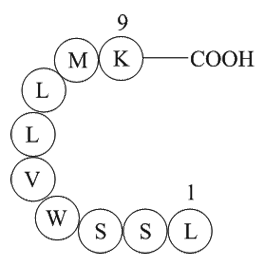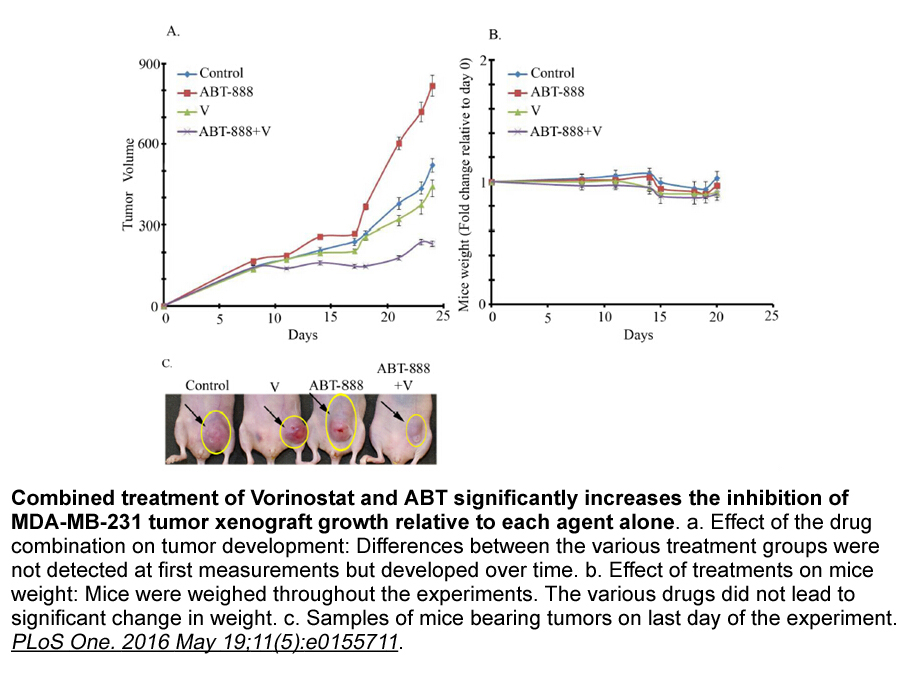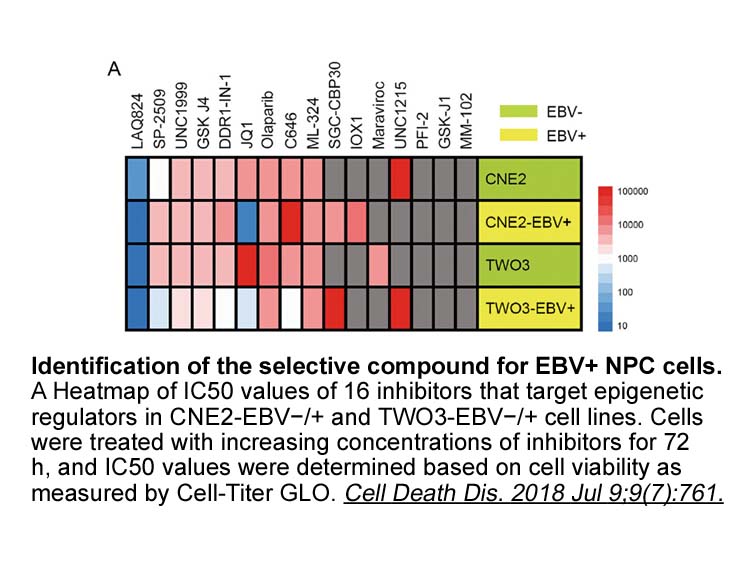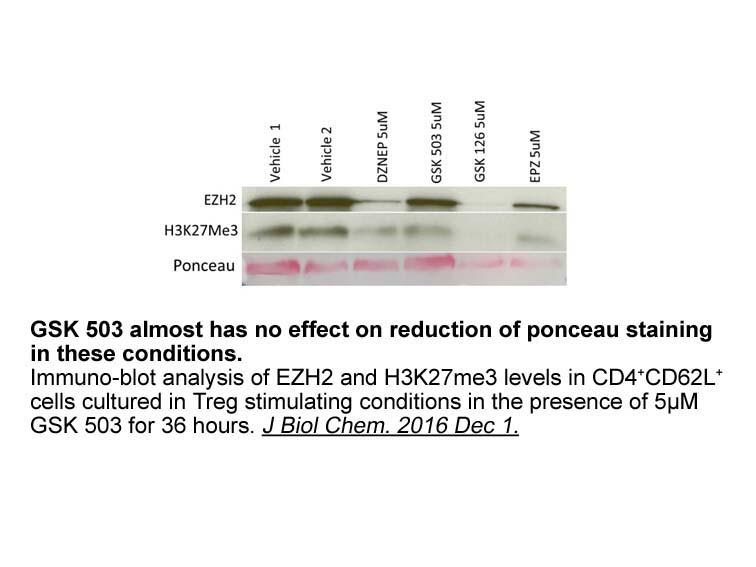Archives
- 2025-11
- 2025-10
- 2025-09
- 2025-03
- 2025-02
- 2025-01
- 2024-12
- 2024-11
- 2024-10
- 2024-09
- 2024-08
- 2024-07
- 2024-06
- 2024-05
- 2024-04
- 2024-03
- 2024-02
- 2024-01
- 2023-12
- 2023-11
- 2023-10
- 2023-09
- 2023-08
- 2023-07
- 2023-06
- 2023-05
- 2023-04
- 2023-03
- 2023-02
- 2023-01
- 2022-12
- 2022-11
- 2022-10
- 2022-09
- 2022-08
- 2022-07
- 2022-06
- 2022-05
- 2022-04
- 2022-03
- 2022-02
- 2022-01
- 2021-12
- 2021-11
- 2021-10
- 2021-09
- 2021-08
- 2021-07
- 2021-06
- 2021-05
- 2021-04
- 2021-03
- 2021-02
- 2021-01
- 2020-12
- 2020-11
- 2020-10
- 2020-09
- 2020-08
- 2020-07
- 2020-06
- 2020-05
- 2020-04
- 2020-03
- 2020-02
- 2020-01
- 2019-12
- 2019-11
- 2019-10
- 2019-09
- 2019-08
- 2019-07
- 2019-06
- 2019-05
- 2019-04
- 2018-07
-
X-press Tag Peptide: Advanced Precision in Affinity Purif...
2025-10-01
Discover the scientific advantages of X-press Tag Peptide as an N-terminal leader peptide for protein purification. This article uniquely explores its molecular mechanism, application in mTORC1 signaling studies, and advanced storage and solubility strategies.
-
Reimagining Protein Purification Paradigms: X-press Tag P...
2025-09-30
This thought-leadership article explores how the X-press Tag Peptide, a next-generation N-terminal leader peptide, is revolutionizing protein purification and detection in the era of post-translational modification research. Integrating mechanistic findings from recent mTORC1/neddylation studies, we provide strategic guidance for translational researchers seeking precise, scalable, and reproducible workflows. This analysis differentiates itself by connecting advanced peptide design to disease-relevant signaling, presenting a forward-looking roadmap for functional proteomics and clinical translation.
-
X-press Tag Peptide: Advanced Strategies for Analytical P...
2025-09-29
Explore how X-press Tag Peptide elevates protein purification workflows with its unique N-terminal leader design and precise epitope tag for protein detection. This article offers an in-depth, science-driven perspective on integrating X-press Tag Peptide into mechanistic studies and analytical applications beyond conventional protocols.
-
X-press Tag Peptide: Driving Innovation in mTORC1 Signali...
2025-09-28
Discover how X-press Tag Peptide advances protein purification and epitope detection in cutting-edge mTORC1 and neddylation research. This in-depth guide explores specialized applications, solubility optimization, and unique advantages for signaling pathway studies.
-
X-press Tag Peptide: Redefining Precision Protein Purific...
2025-09-27
Explore how X-press Tag Peptide, a superior N-terminal leader peptide, advances affinity purification and recombinant protein detection. This article uncovers novel mechanistic insights and strategic applications, setting a new standard for protein purification tag peptides.
-
X-press Tag Peptide: Pushing the Frontiers of Protein Pur...
2025-09-26
Discover how X-press Tag Peptide revolutionizes protein purification workflows as an N-terminal leader peptide. Explore its unique mechanistic advantages for studying post-translational modifications and complex signaling pathways, setting it apart from standard protein purification tag peptides.
-
HyperScribe™ T7 High Yield Cy3 RNA Labeling Kit: Illumina...
2025-09-25
Discover how the HyperScribe T7 High Yield Cy3 RNA Labeling Kit enables advanced fluorescent RNA probe synthesis for in situ hybridization of regulatory lncRNAs in sepsis. This article uniquely explores integrating fluorescent labeling with mechanistic studies of gene expression, offering deep insights beyond standard applications.
-
X-press Tag Peptide: Transforming Protein Purification an...
2025-09-24
Explore how X-press Tag Peptide revolutionizes protein purification in recombinant protein expression, enabling advanced functional studies and post-translational modification analysis. Discover unique insights into its mechanism, solubility, and future applications.
-
Nonivamide as a TRPV1 Agonist: Mechanisms in Cancer and I...
2025-09-23
Explore the mechanistic roles of Nonivamide, a capsaicin analog, as a TRPV1 receptor agonist in cancer research and inflammation modulation. This article examines recent in vitro, in vivo, and neuroimmune findings, highlighting Nonivamide’s utility as an anti-proliferative agent and a tool for dissecting TRPV1-mediated signaling.
-
Role of APPL in endosomal signaling
2025-03-03

Role of APPL in endosomal signaling pathways Endosomes consist of distinct membrane subdomains within individual organelles and assist in the translation of extracellular stimuli via cytoplasmic transduction cascades to the nucleus [3], [74]. Endosomal abnormalities are associated with the pathogen
-
ubiquitin e3 ligase Derivatives of M that possess either an
2025-03-03

Derivatives of (+)-M100907 that possess either an alkyne or an azide have been synthesized. The most active enantiomer was obtained by resolution of a relatively early intermediate in the synthesis. The ability of these ubiquitin e3 ligase to maintain 5-HTR antagonist properties as (+)-M100907 was
-
br Introduction Adenosine deaminase ADA also known as
2025-03-03

Introduction Adenosine deaminase (ADA), also known as adenosine aminohydrolase, is a key enzyme involved in the purine metabolism that converts adenosine to inosine irreversibly (Lupidi et al., 1997). It is a zinc containing metalloenzyme present in both prokaryotes and eukaryotes. In humans ADA
-
In this study we obtained the
2025-03-03

In this study, we obtained the absorbance and photoluminescence (PL) of chembridge polymerized with various types of actin-binding proteins in order to probe the actin structures in situ without labeling. Both optical measurements have been useful in examining biomaterials such as DNA and proteins w
-
A similar circuit between pyramidal neurons
2025-03-03

A similar circuit between pyramidal neurons and SST interneurons is also prevalent in layers 2/3 of the cortex. The synapses onto SST interneurons, however, are functionally weak, raising questions about their computational power. In the first set of experiments, Urban-Ciecko et al. (2018) show that
-
NOXA a member of the pro apoptotic B
2025-03-03

NOXA, a member of the pro-apoptotic B-cell lymphoma 2 (BCL-2) family, plays a vital role in regulating mitochondrial or inherent apoptotic pathways [7,8]. NOXA binds to MCL-1 with high affinity and interacts with A1 (known as BCL2A1), resulting in BIM release to trigger subsequent apoptosis [9]. In